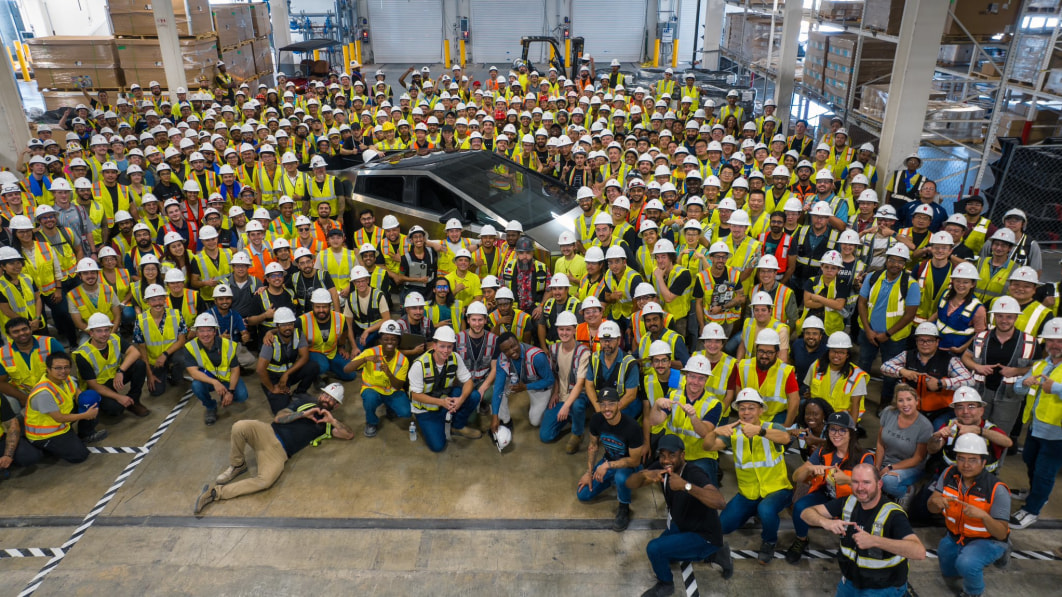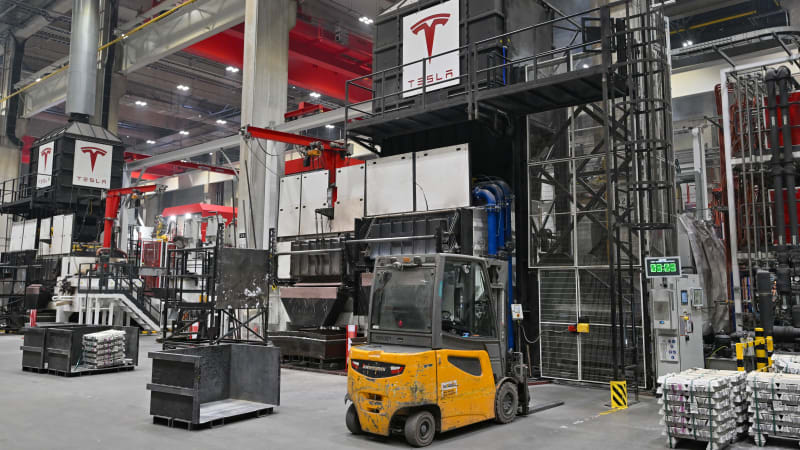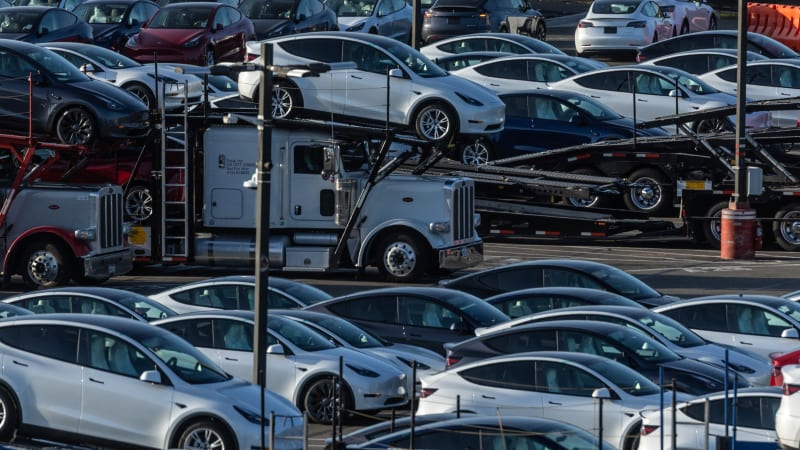Filed under: Green,Tesla,Truck,Electric,Future Vehicles,Off-Road Vehicles,Performance

Continue reading First Tesla Cybertruck pre-production prototype comes off the line
First Tesla Cybertruck pre-production prototype comes off the line originally appeared on Autoblog on Sat, 15 Jul 2023 12:28:00 EDT. Please see our terms for use of feeds.
Permalink | Email this | Comments
